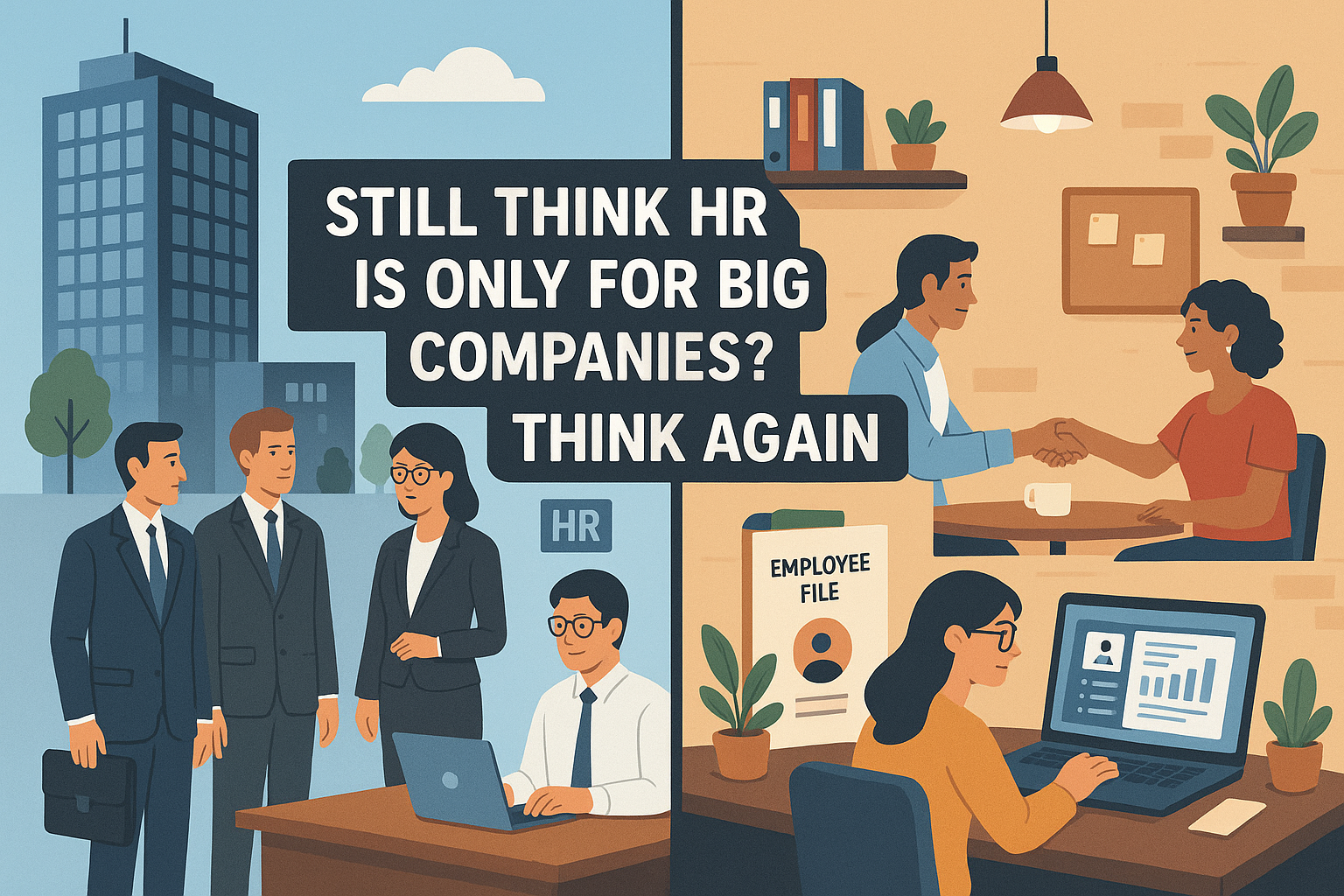[et_pb_section fb_built=”1″ _builder_version=”4.9.3″ _module_preset=”default”][et_pb_row _builder_version=”4.9.3″ _module_preset=”default”][et_pb_column type=”4_4″ _builder_version=”4.9.3″ _module_preset=”default”][et_pb_text _builder_version=”4.9.3″ _module_preset=”default”]
YOLO!
However, wearing yourself down with a 9-to-5 job hardly seems like the life the American Dream so spiritedly promises.
What can be the alternative?
Starting your own business, of course!
Sure, there will be long hours, burnouts every other day, massive emotional investment, some and then some more financial outlay in this prospect initially. But –
- You will get to do what you do best
- You’ll be working on your own terms
- Most importantly, you will do it for YOURSELF!
And who knows? Intrinsic factors barring, you might just end up creating the next big thing by employing the right strategies at the right time.
We will get into that later.
For now, let’s explore a few in-buzz business ideas trending in 2021 but with a promise to stick around for the long haul.
[/et_pb_text][/et_pb_column][/et_pb_row][et_pb_row _builder_version=”4.9.3″ _module_preset=”default” hover_enabled=”0″ width=”53%” sticky_enabled=”0″][et_pb_column type=”4_4″ _builder_version=”4.9.3″ _module_preset=”default”][et_pb_video src=”http://www.youtube.com/watch?v=wDtp6kO5LSg” _builder_version=”4.9.3″ _module_preset=”default”][/et_pb_video][/et_pb_column][/et_pb_row][et_pb_row _builder_version=”4.9.3″ _module_preset=”default”][et_pb_column type=”4_4″ _builder_version=”4.9.3″ _module_preset=”default”][et_pb_text _builder_version=”4.9.3″ _module_preset=”default”]
Graphic Designing
Various enterprises have migrated online, with the pandemic showing the door to most brick-and-mortar businesses. But it has made the Internet a cobweb of newly-initiated and old websites fighting for space and customers’ attention.
Luckily for graphic designers, this dog-eat-dog competition has prompted business owners to invest heavily in how their websites look. Everyone wants a professional-looking, sleek website with eye-catching logos and designs that help them cut through the clutter and noise.
In case you have always been that creative with an eye for the unique, this is a space you can explore.
Also, let us break a myth for you. To set up a graphic designing venture, you don’t necessarily need to know the ins and outs of it or even how to draw. You can collaborate with your friends/acquaintances who are expert at it that while you proffer the creative vision.
[/et_pb_text][/et_pb_column][/et_pb_row][et_pb_row _builder_version=”4.9.3″ _module_preset=”default”][et_pb_column type=”4_4″ _builder_version=”4.9.3″ _module_preset=”default”][et_pb_text _builder_version=”4.9.3″ _module_preset=”default”]
Web Developer
Speaking of cluttered and noisy Internet, it’s hard to overlook the prominence web developers have gained in recent times. If you have been passionate about website development, or better, if it’s something you do the best, it’s about time you monetize it.
There are literally thousands of businesses trying to join the online bandwagon, and if you get a few contacts, you’re good to get started.
Recommendation: Begin with only one or two clients. A slow start never hurts when you are trying to build credibility and a niche for yourself in the market. Once you have delivered solid work on those, new clients will automatically flow in, and you can even charge higher.
Or, try looping in a few of your friends/acquaintances in this venture if you have quite a few leads to start a small-scale web development enterprise.
[/et_pb_text][/et_pb_column][/et_pb_row][et_pb_row _builder_version=”4.9.3″ _module_preset=”default”][et_pb_column type=”4_4″ _builder_version=”4.9.3″ _module_preset=”default”][et_pb_text _builder_version=”4.9.3″ _module_preset=”default”]
Drop-Shipping
The post-pandemic era is a period with people accustomed to the convenience of goods being delivered to their doorstep, from medical supplies and groceries to literally anything.
If you have a car, or better, a van, you can partner with local stores to deliver goods to people’s doorstep. Other than the regular items focus on commodities generally not delivered online.
Start narrow, focusing on only a small neighborhood. It will let you gain the necessary insights into that population’s requirements so you can make your operations more efficient and cost-effective.
[/et_pb_text][/et_pb_column][/et_pb_row][et_pb_row _builder_version=”4.9.3″ _module_preset=”default”][et_pb_column type=”4_4″ _builder_version=”4.9.3″ _module_preset=”default”][et_pb_text _builder_version=”4.9.3″ _module_preset=”default”]
Digital Marketing
There’s no better time to put your digital marketing skills to use than now! The market is chock-full of websites looking to leverage the digital wave, and marketers inept in the ways of it are hot stuff.
Small business owners are the key demography you could tap into. They are the ones without a dedicated team of digital marketers or unable to hire the services of a full-fledged agency. Offer your services at low rates and slowly build your credibility.
You could start with local businesses to that end since it’ll be easier to make them stand out and then slowly get into the big leagues. Also, try and involve various areas of expertise so you can proffer the same range of services as a full-time agency at lower prices.
[/et_pb_text][/et_pb_column][/et_pb_row][et_pb_row _builder_version=”4.9.3″ _module_preset=”default”][et_pb_column type=”4_4″ _builder_version=”4.9.3″ _module_preset=”default”][et_pb_text _builder_version=”4.9.3″ _module_preset=”default”]
Personal Chef
The pandemic has shifted people’s focus to healthy, nourishing meals. But hectic lifestyles seldom allow us to prepare food with these considerations in mind. That’s where personal chefs have emerged as a go-to option.
Put your culinary skills to tap into this niche, emerging trend. First, gauge the scale at which you can operate, how many people will be involved in this operation, and what will be your service range.
Thereafter, select your clientele – families, offices, hospices, care facilities, or all before you start. It’s better to begin small even if you can manage a larger client base because working under-capacity initially lets you plug gaps that only crop up once you start operations.
When it comes to starting a business, above all, it’s essential to identify where your expertise lies. And, remember, it’s not defined by your professional background or educational qualifications.
What’s important is what you do best and whether your expertise offers a solution to the modern crises. If these criteria are met, and you undertake a few strategic initiatives timely, like hiring a PEO when business is booming, the sky is the limit.
Want to know how a PEO can help your business grow? Get in touch with us today!
[/et_pb_text][/et_pb_column][/et_pb_row][et_pb_row _builder_version=”4.9.3″ _module_preset=”default”][et_pb_column type=”4_4″ _builder_version=”4.9.3″ _module_preset=”default”][et_pb_text _builder_version=”4.9.3″ _module_preset=”default”]
Reference links:
https://blog.hubspot.com/sales/small-business-ideas
https://www.businessnewsdaily.com/2747-great-business-ideas.html
https://www.uschamber.com/co/start/business-ideas/pandemic-business-ideas
https://www.uschamber.com/co/start/startup/businesses-to-start-during-pandemic
[/et_pb_text][/et_pb_column][/et_pb_row][/et_pb_section][et_pb_section fb_built=”1″ admin_label=”Contact” _builder_version=”3.22″ background_color=”#012780″ use_background_color_gradient=”on” background_color_gradient_start=”#012780″ background_color_gradient_end=”rgba(1,39,128,0)” background_color_gradient_end_position=”60%” background_color_gradient_overlays_image=”on” background_image=”https://wordpress.fortunebizconsulting.com/wp-content/uploads/2020/03/insurance-01.png” background_size=”initial” custom_padding=”54px|0px|120px|0px|false|false”][et_pb_row module_id=”contact_form” _builder_version=”4.4.4″ background_color=”#ffffff” custom_margin=”80px|||” custom_padding=”80px|6%|80px|6%|true|true” animation_style=”zoom” animation_intensity_zoom=”-5%” animation_speed_curve=”ease-in” border_radii=”on|10px|10px|10px|10px” box_shadow_style=”preset1″ box_shadow_vertical=”40px” box_shadow_blur=”80px” box_shadow_color=”rgba(55,104,238,0.15)”][et_pb_column type=”4_4″ _builder_version=”3.25″ custom_padding=”|||” custom_padding__hover=”|||”][et_pb_text _builder_version=”4.4.4″ text_font=”Montserrat|300|||||||” text_font_size=”16px” text_line_height=”2em” header_font=”||||||||” header_2_font=”||||||||” header_2_font_size=”36px” header_2_line_height=”1.4em” text_orientation=”center” max_width=”700px” module_alignment=”center” custom_margin=”||60px|” header_2_font_size_tablet=”30px” header_2_font_size_phone=”24px” header_2_font_size_last_edited=”on|phone” locked=”off”]
Contact Us
Find out if a PEO is the right solution for your business.
Fill out the form below and we will contact you to schedule a chat.
[/et_pb_text][et_pb_contact_form use_spam_service=”on” recaptcha_list=”Default-0″ recaptcha_min_score=”0.7″ email=”stephanie@fortunebizconsulting.com” custom_message=”New Form Submission!||et_pb_line_break_holder||||et_pb_line_break_holder||First Name: %%FirstName%%||et_pb_line_break_holder||Last Name: %%LastName%%||et_pb_line_break_holder||Company Name: %%CompanyName%%||et_pb_line_break_holder||Company Email: %%CompanyEmail%%||et_pb_line_break_holder||Phone: %%Phone%%||et_pb_line_break_holder||Message: %%Message%%” module_id=”et_pb_contact_form_0″ _builder_version=”4.4.4″ form_field_background_color=”rgba(0,0,0,0)” form_field_font=”Lato||||||||” custom_button=”on” button_text_size=”14px” button_text_color=”#ffffff” button_bg_color=”#003bde” button_border_width=”10px” button_border_color=”rgba(0,0,0,0)” button_border_radius=”4px” button_letter_spacing=”1px” button_font=”Montserrat|||on|||||” border_radii=”on|6px|6px|6px|6px” border_width_all=”2px” border_color_all=”rgba(51,51,51,0.06)” form_background_color=”rgba(0,0,0,0)” button_bg_color_hover=”#0053ef” button_border_radius_hover=”4px” button_letter_spacing_hover=”1px”][et_pb_contact_field field_id=”FirstName” field_title=”First Name*” min_length=”2″ _builder_version=”4.4.4″][/et_pb_contact_field][et_pb_contact_field field_id=”LastName” field_title=”Last Name*” min_length=”2″ _builder_version=”4.4.4″ button_text_size__hover_enabled=”off” button_one_text_size__hover_enabled=”off” button_two_text_size__hover_enabled=”off” button_text_color__hover_enabled=”off” button_one_text_color__hover_enabled=”off” button_two_text_color__hover_enabled=”off” button_border_width__hover_enabled=”off” button_one_border_width__hover_enabled=”off” button_two_border_width__hover_enabled=”off” button_border_color__hover_enabled=”off” button_one_border_color__hover_enabled=”off” button_two_border_color__hover_enabled=”off” button_border_radius__hover_enabled=”off” button_one_border_radius__hover_enabled=”off” button_two_border_radius__hover_enabled=”off” button_letter_spacing__hover_enabled=”off” button_one_letter_spacing__hover_enabled=”off” button_two_letter_spacing__hover_enabled=”off” button_bg_color__hover_enabled=”off” button_one_bg_color__hover_enabled=”off” button_two_bg_color__hover_enabled=”off”][/et_pb_contact_field][et_pb_contact_field field_id=”CompanyName” field_title=”Company Name*” min_length=”2″ _builder_version=”4.4.4″][/et_pb_contact_field][et_pb_contact_field field_id=”CompanyEmail” field_title=”Company Email*” field_type=”email” _builder_version=”4.4.4″ button_text_size__hover_enabled=”off” button_one_text_size__hover_enabled=”off” button_two_text_size__hover_enabled=”off” button_text_color__hover_enabled=”off” button_one_text_color__hover_enabled=”off” button_two_text_color__hover_enabled=”off” button_border_width__hover_enabled=”off” button_one_border_width__hover_enabled=”off” button_two_border_width__hover_enabled=”off” button_border_color__hover_enabled=”off” button_one_border_color__hover_enabled=”off” button_two_border_color__hover_enabled=”off” button_border_radius__hover_enabled=”off” button_one_border_radius__hover_enabled=”off” button_two_border_radius__hover_enabled=”off” button_letter_spacing__hover_enabled=”off” button_one_letter_spacing__hover_enabled=”off” button_two_letter_spacing__hover_enabled=”off” button_bg_color__hover_enabled=”off” button_one_bg_color__hover_enabled=”off” button_two_bg_color__hover_enabled=”off”][/et_pb_contact_field][et_pb_contact_field field_id=”Phone” field_title=”Phone*” allowed_symbols=”numbers” _builder_version=”4.4.4″][/et_pb_contact_field][et_pb_contact_field field_id=”Employees” field_title=”Number of employees*” allowed_symbols=”numbers” _builder_version=”4.4.4″][/et_pb_contact_field][/et_pb_contact_form][/et_pb_column][/et_pb_row][/et_pb_section][et_pb_section fb_built=”1″ _builder_version=”4.9.3″ _module_preset=”default”][/et_pb_section]









